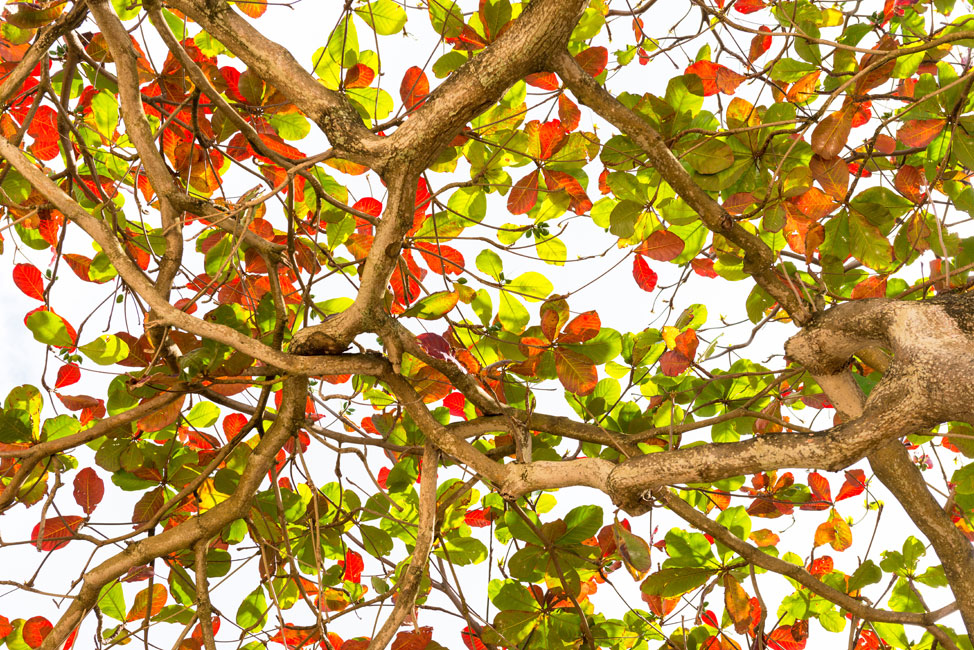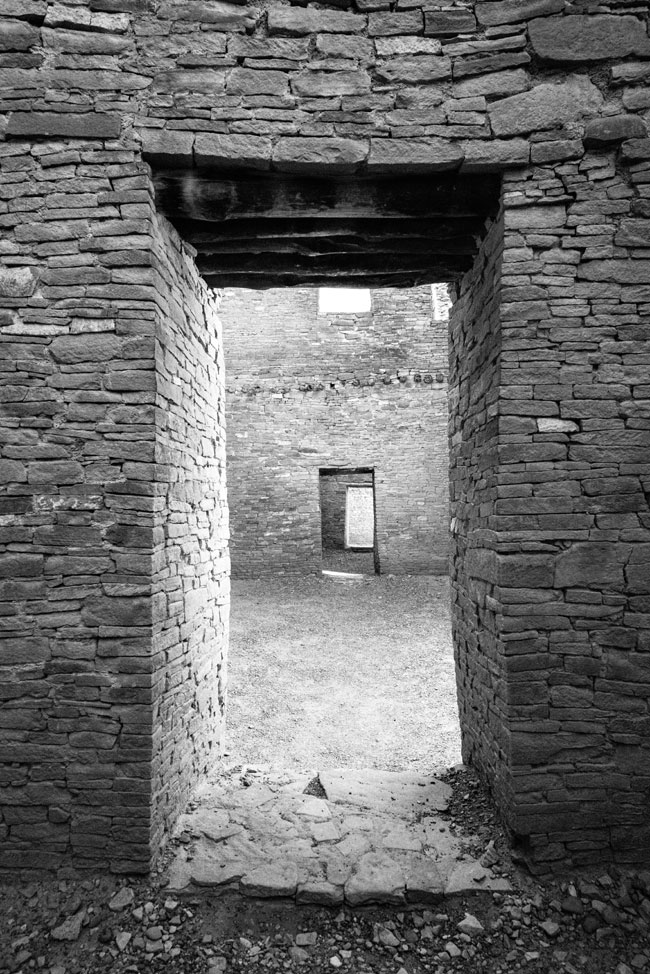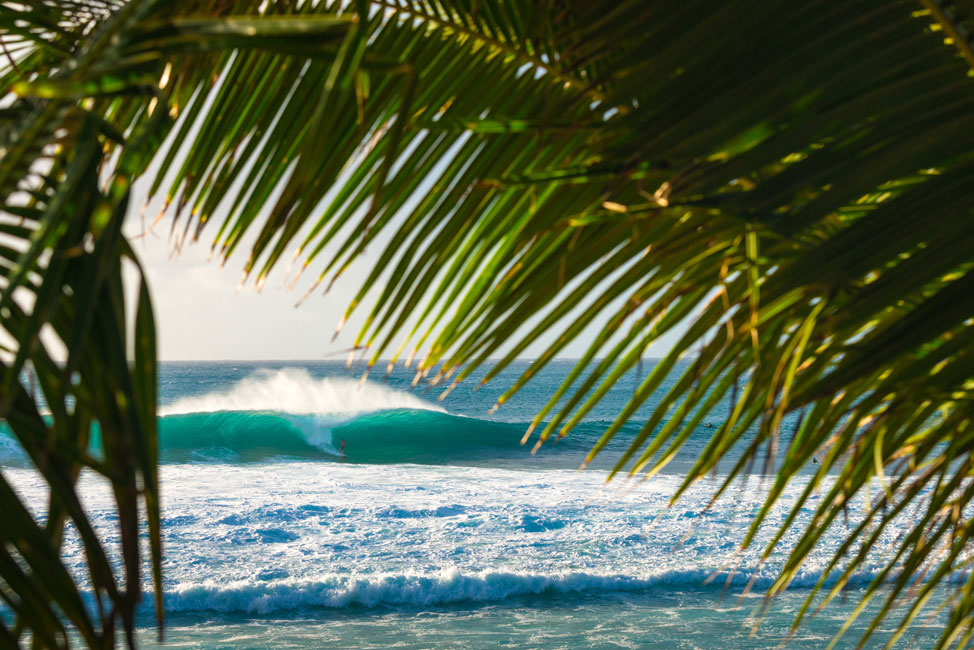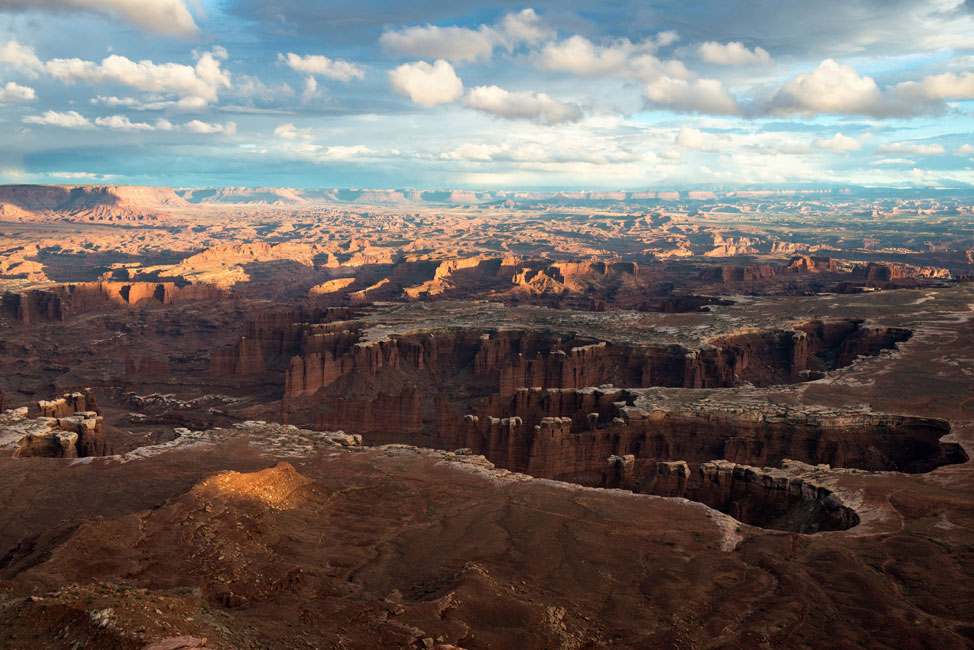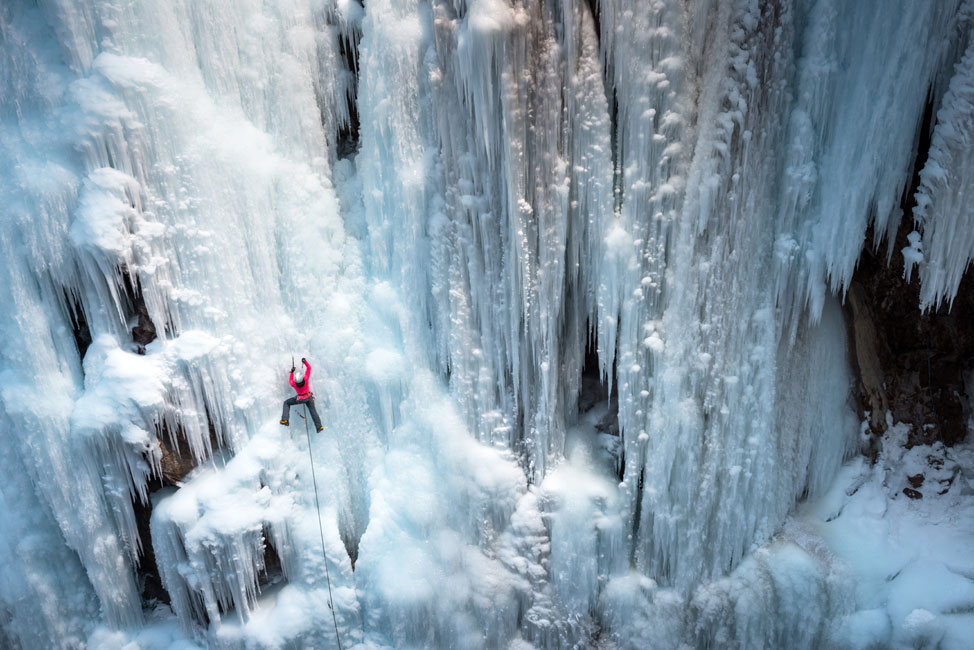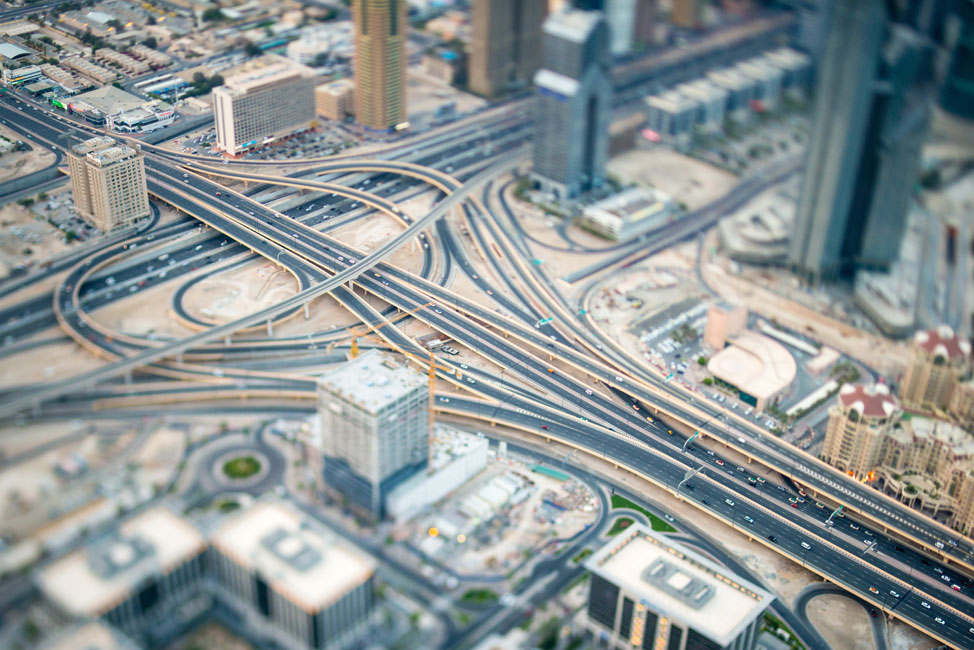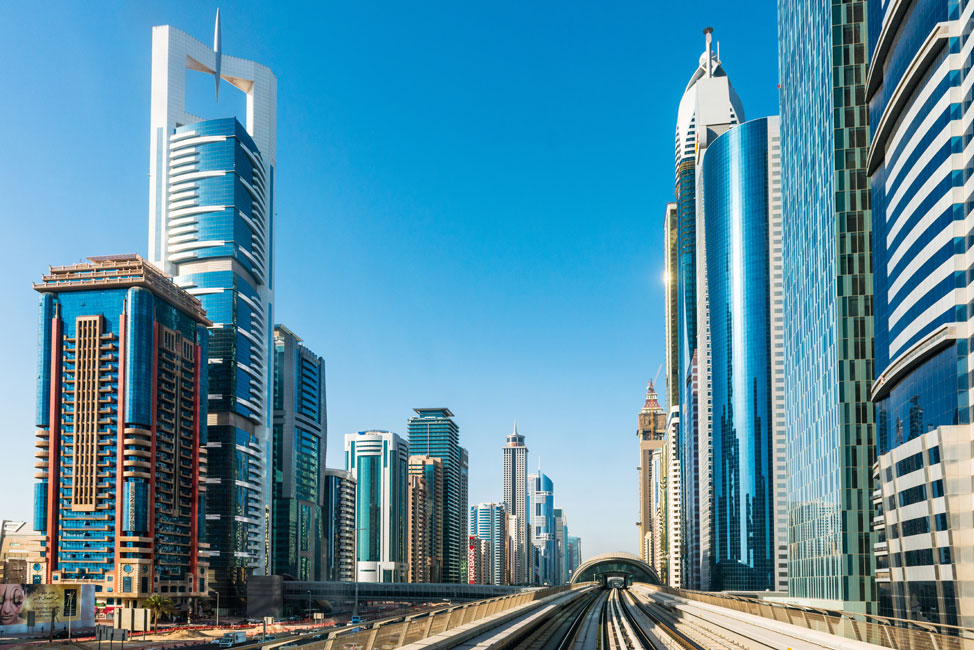Critical Focus: Getting the Most From Your D800
If you own or are thinking of purchasing a D800, you can certainly set the camera to auto everything and shoot away, secure in the knowledge that you're going to capture some of the finest photographs you've ever seen. The thing is, that would be like driving a Lamborghini to the post office to pick up your mail. You'll enjoy the ride, but you're missing the full power and performance the machine has to offer.
The D800 is Lamborghini-class gear, and that's not exclusively our assessment. A few months after the camera became available we began to receive e-mail messages from some of the most demanding pro shooters we know, messages with words like "incredible," "amazing" and "insanely great." The tagline of the D800 ad campaign—"Sorry, but you're going to want to reshoot everything you've ever shot"—practically wrote itself. Outdoor, lifestyle, adventure and sports shooter Michael Clark called the ad "the most truthful that's ever been put out," and he termed the D800 "one of the most incredible cameras ever created."
You could say we were used to compliments about the D800, but we were still surprised to find that the camera was the subject of its own workshop—a two-day "getting the most from the camera" session at the Santa Fe Photographic Workshops; less of a surprise was that the course was taught by the aforementioned Michael Clark. The workshop promised a full exploration of the D800's potential, and called the camera "a marvel of technology," adding, "[I]n terms of handling and image quality, it is unsurpassed."
"I suggested the workshop to the folks at Santa Fe because this camera is unique in its capabilities and resolution," Michael says, "and a 'getting the most' title for the workshop was particularly apropos of a camera that offers so much." The initial response to the workshop offering was gratifying: it sold out. A second workshop was scheduled, and it, too, sold out, leaving Santa Fe with a waiting list for a third. "We're talking about a four-day workshop in the Spring of 2014," Michael says.
A couple of professional photographers attended the first workshop, but the majority of the students were advanced enthusiasts. Michael feels they were drawn to the session either because they felt the D800 was a special camera with capabilities they might not be aware of, or they simply wanted to explore its capabilities further.
"My experience shooting with the camera was different than shooting with other Nikons," Michael says, and that experience guided his overall approach to the workshop and its students. "The first thing people should understand about this camera is that when they're shooting with it, they're basically shooting with a medium format camera, practically a 4x5 camera, in terms of its high resolution sensor and increased dynamic range. And you don't shoot with a 4x5 camera hand-held. For the D800 you need higher shutter speeds, perhaps a tripod, and you certainly need to boost the ISO in many situations. And this camera has such clean ISOs at high settings, you can crank it up to 600, 800, 1600 and beyond to get higher shutter speeds and sharp pictures without a tripod. Nikon performed a miracle here—that's how I presented it in the class. This camera has less noise than my D700, which was lower resolution—12.1 megapixels to 36.3 for the D800."
Talking with Michael, we were able to pursue his "most truthful" ad comment. "Look, photographers want the best image quality they can get. You may say, 'I don't need 36 megapixels,' but then you start shooting with [the D800] and see the images, and it's like, I never want to shoot with anything else." Which is a short step from, I think I'd like to revisit a few people, places and things with a camera that has this kind of ability to capture color, detail and tonal range.
We also asked about some of the specific features he covered, and what the workshop students seemed most interested in.
"We spent a lot of time going through the menus and getting their cameras dialed in—that is, making sure they knew how to customize certain things and showing them custom options—like in the main shooting menu the color settings and metering options. I showed them some of the cool custom settings they can make, like one that when they're reviewing their images on the LCD, allows them to see one hundred percent of the image right where the focus point was." It's a simple procedure: in the Custom Settings menu select f2 (Multi-Selector Center Button), go to Playback mode, then Zoom On/Off, then Medium Magnification. "Now when you press the center button during image playback, the image goes to one hundred percent magnification," Michael says. "That's a really quick way to check focus."
Speaking of focus, Michael talked to the workshop students about a feature that's available on all Nikon pro and enthusiast D-SLRs. It's known as AF Fine Tune and with it you can make focus adjustments to compensate for minor differences in particular lens and camera combinations. In most cases it's not necessary to use this feature, but Michael has done it with his D800 and all his lenses, and he felt it might be of particular interest to D800 shooters. Using a third-party target program (Michael chose LensAlign), and accessing the feature through the D800's Custom Settings menu, the process allows photographers to fine tune all of their lenses to their camera. The D800 stores the lens alignment calibration information for each lens and uses it whenever a lens is mounted. Michael performed the calibrations on all his lenses and says, "With the D800, there's so much resolution that I can see the difference in the images, especially at wider apertures."
He also talked with the students about the dynamic range of the D800 and how awareness of that range can mean more opportunities for images. "The D800's dynamic range is greater than pretty much anything else out there," Michael says, "and in practical terms that means pictures in situations in which you normally wouldn't or couldn't shoot." For example, a landscape with a foreground in shade and a background in sunlight, for which you might reach for a graduated neutral density filter or take an HDR image. "Not with this camera," Michael says, citing the fifth photograph among his D800 images featured here. "No filter on that Canyonlands National Park shot. The D800 was able to capture the entire range of tones, and I'm still shocked by that."
Michael credits the success of the workshop to the participants' sincere interest in understanding and exploring the capabilities of the camera and how to apply its potential in order to get the best images possible. "The D800 is so phenomenal in so many ways," he says, "that although most of this information is in the manual, there's a great advantage to working with someone who makes his living using this and other Nikons. And some people simply prefer hands-on learning and find it interesting to see how I set up and use my camera."
Of course, we're not suggesting you need to take a workshop to appreciate the D800, but the fact that it's a camera that deserves its own workshop...well, we're just saying.
Michael's tips for getting the most out of the D800 $
-
When reviewing images on the LCD, you can see one hundred percent of the image right where the focus point was: in the Custom Settings menu select f2 (Multi-Selector Center Button), go to Playback mode, then Zoom On/Off, then Medium Magnification. Now when you press the center button during image playback, the image goes to one hundred percent magnification.
-
Use AF Fine Tune to make focus adjustments to compensate for minor differences in particular lens and camera combinations. In most cases it's not necessary to use this feature though. Using a third-party target program (Michael chose LensAlign), and accessing the feature through the D800's Custom Settings menu, the process allows photographers to fine tune all of their lenses to their camera. The D800 stores the lens alignment calibration information for each lens and uses it whenever a lens is mounted.
-
Michael says the dynamic range of the D800 is greater than pretty much anything else out there, "and in practical terms that means pictures in situations in which you normally wouldn't or couldn't shoot."
-
For the D800 you need higher shutter speeds, perhaps a tripod, and you certainly need to boost the ISO in many situations. And this camera has such clean ISOs at high settings, you can crank it up to 600, 800, 1600 and beyond to get higher shutter speeds and sharp pictures without a tripod.

